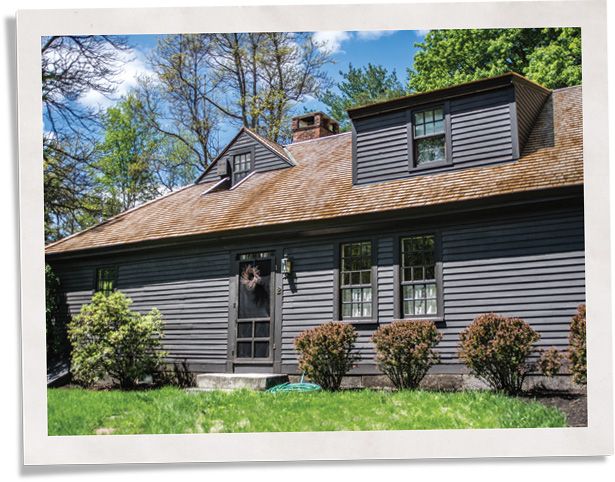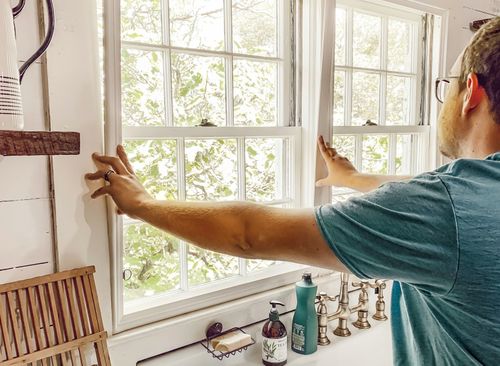
Preserve Historic Windows with Indow Inserts
Historic preservation enriches our communities by preserving homes and buildings that tell stories about our past and guide us into the future. It pushes back against the cultural ethos of “new is better”; that anything old should be scrapped in the name of progress or better living. Home insulation tips and energy upgrades don't need to include destruction. That way of thinking has no endpoint and devours buildings, history, time, and energy.

We come at historic preservation through windows. Their design and placement determines the balance and beauty of a home or building. But, the window replacement industry has many people mistakenly believing that to make their homes energy efficient they need to replace their windows and that restoring old windows is more difficult than it is.
Many of America's historic windows were made from trees 200-300 years old at the time they were logged. The wood is dense and rot resistant. You can't find it anymore. And a lot of the glass was handblown before modern, machine-made optically-perfect float glass became widely available.
We're honored to work with historic preservation organizations all over the country and regularly host free Window Hero Webinars featuring window restoration experts and master craftsmen who teach people how to care for their old windows.

Our inserts have helped preserve some really cool spaces: an iconic Case Study home; a Frank Lloyd Wright house, a pre-Revolutionary War Colonial in New Hampshire; the Homewood Museum at Johns Hopkins and many more.
We even preserved windows at Alcatraz, the former federal penitentiary and National Historic Landmark when the artist Ai WeiWei did a human rights installation there.
Get a Free Estimate

WE SHIP TO YOU!
You're one step closer to creating more comfort & quiet in your home.
We value safety and privacy. We will never share, sell, or rent your data to third parties not directly related to your purchase or consideration of our products. Read our full policy here.







